Much like a game of Chinese whispers, over time yoga changed as it was taken from its humble roots in India to the dizzying heights of global recognition. Top yoga teachers took their knowledge and combined it with the original concepts to create new styles, or schools, of yoga. Some chose to focus on raising the intensity of the body, some kept it calm and slow, while others moved the focus to the spiritual. Here is a guide to some of the most common types that you might see offered in various studios. There are many others.
Ashtanga
The basis of Astanga is six sequences. Students work rapidly through each series that has been designed to be physically challenging. Each pose is matched with a breathing sequence and classes move through the sequences at a fast pace. Beginners naturally begin by working on the primary series, and need to reach the expected standard before moving on to the second series – and so on through the whole 6.
Bikram
Bikram Choudhury, a yogi with many years of experience, developed Bikram yoga in the 1970’s. He produced a sequence of poses that he believed offered the best workout for body and mind, and then, quite literally turned up the heat. Classes are conducted in rooms offering high levels of humidity and a temperature of approximately 105f. Expect to get hot and sweaty – this is not for the meek, but many find it hugely satisfying.
Hatha
Hatha yoga is the founding block. It is the most common form of yoga practised in the western world and offers a slow and steady pace focused on building flexibility and breathing. Hatha is suitable for beginners and gives a greater understanding of yoga as a whole. From here you could move on to try another discipline or remain in a school of yoga that offers an excellent body and mind experience.
Iyengar
In Iyengar yoga, you will use straps and blocks to help the body attain the stretches and encourage the flexibility. It was developed by Yogi B K S Iyengar and he believed that uses harnesses and props enabled students to get into better versions of the poses and, in the long run, develop quicker. Do not be fooled into thinking that this makes it simple – it is a workout.
Kundalini
The Kundalini is a metaphorical serpent of energy that lives within all of us, but for main it remains dormant or sleeping. Kundalini is a yoga practice that requires students always to be moving in a fluid motion from one pose to the next. The aim being to wake the sleeping snake, resting at the base of your spine and invigorate your whole being with the energy he provides.
Restorative
This is a relaxation style of yoga, but offers, as the name suggests, restoration for the body. In one class you may only undertake four poses and remain in each for 15-20 minutes. This is great for all students but also offers an excellent and gentle way for those who are ill or in pain to experience some of the healing benefits as the strain on the body and energy levels is minimal. You will also be offered pillows and props! All you need to do is try and stay awake.
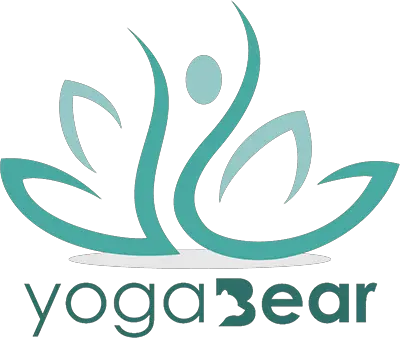
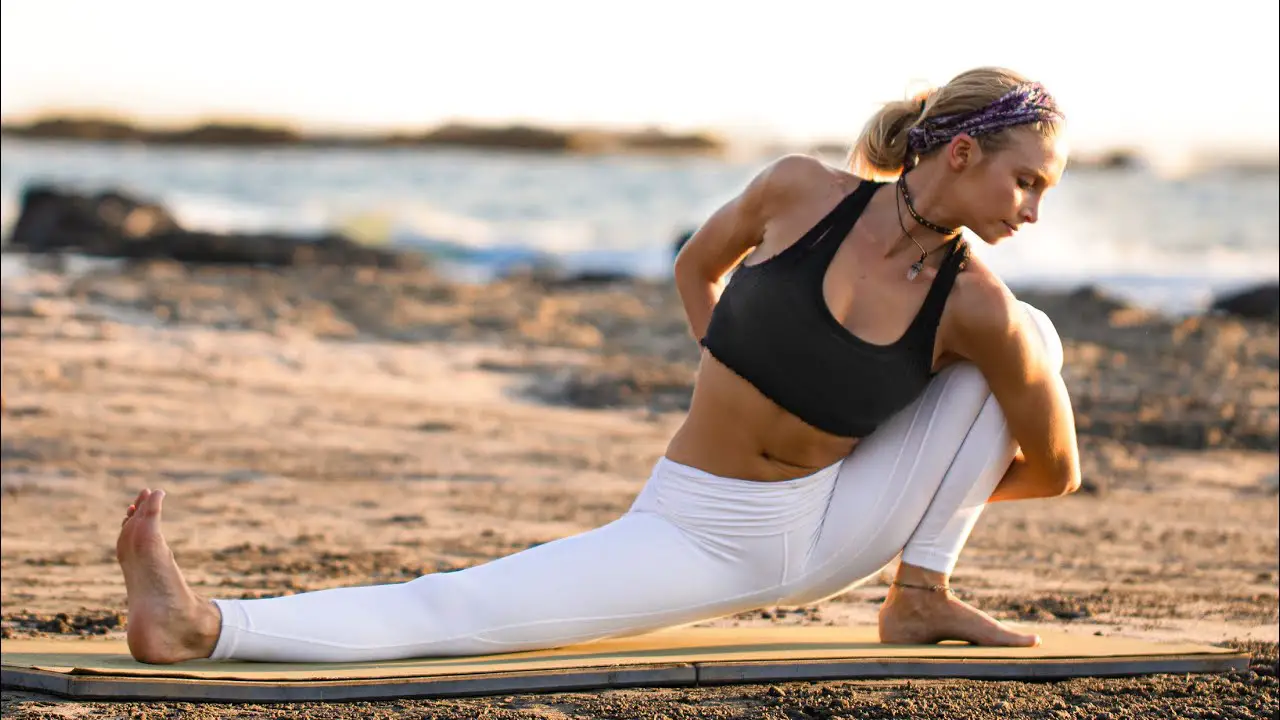
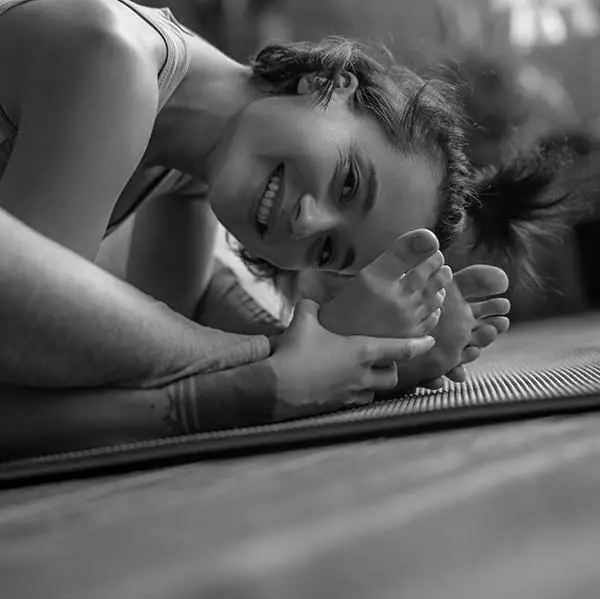
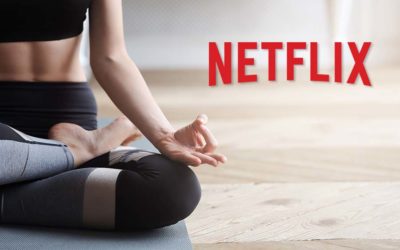
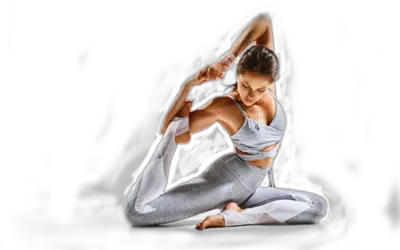
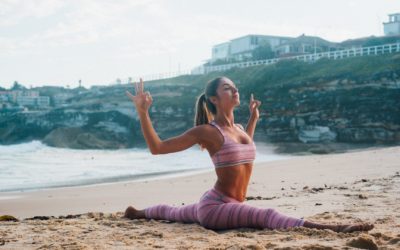
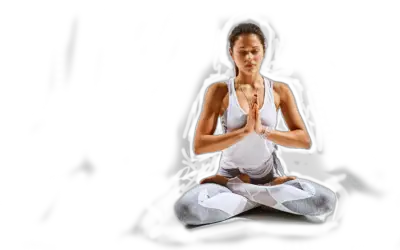

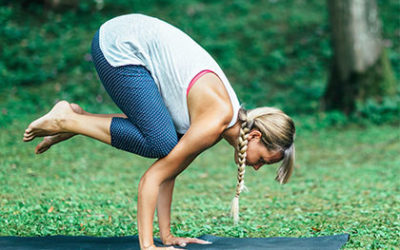
0 Comments